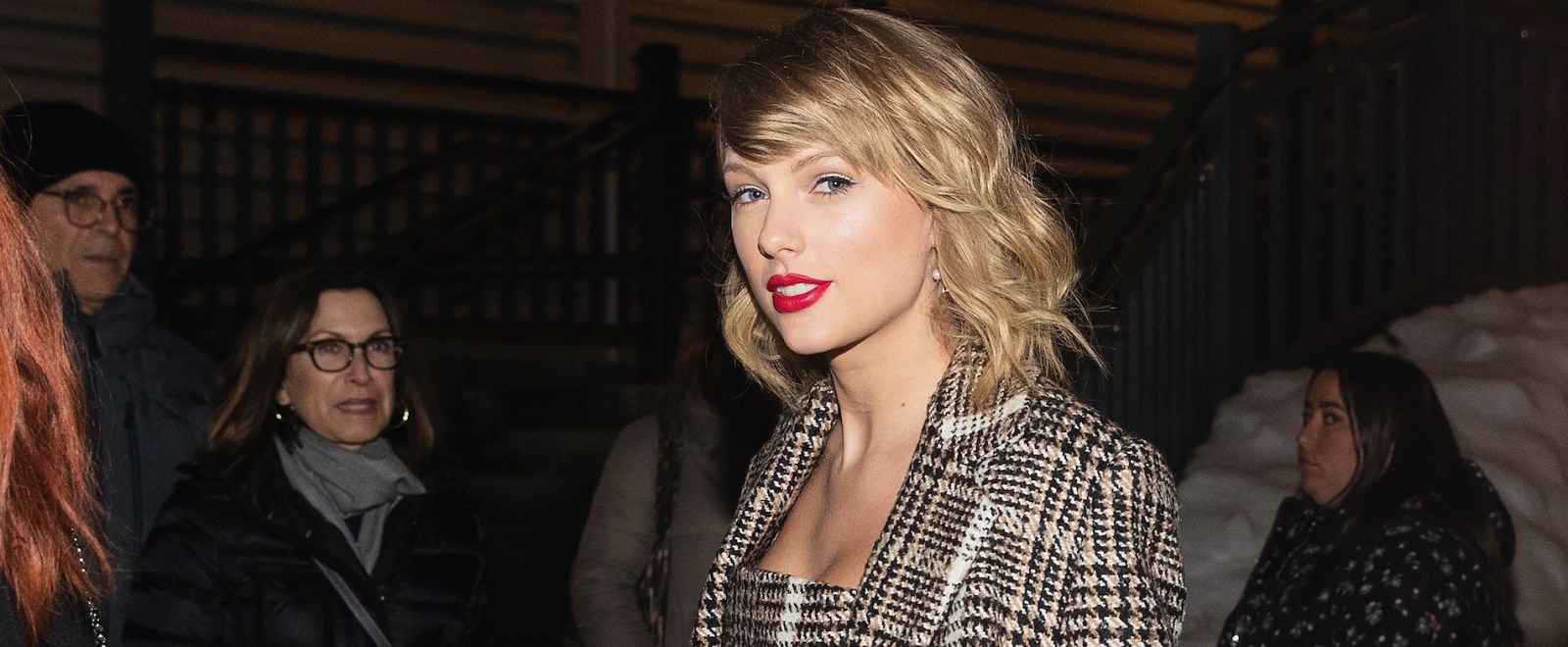
Taylor Swift famously loves to hide Easter eggs in her music and promotional materials, and there was a big one in Folklore. Her Bon Iver collaboration, “Exile,” was co-written by the two artists, along with somebody named William Bowery. Swift fans speculated that the real identity of this mysterious songwriter was Swift’s boyfriend Joe Alwyn, a theory that Swift has finally confirmed.
Swift’s new concert film, Folklore: The Long Pond Studio Sessions, premiered on Disney+ last night, and aside from the performances, it also includes conversations between Swift, Jack Antonoff, and Aaron Dessner. During one of those chats, Swift confirmed the identity of Bowery, saying, “There’s been a lot of discussion about William Bowery and his identity because it’s not a real person. […] So, William Bowery is Joe, as we know. And Joe… Joe plays piano beautifully, and he’s always just playing and making things up and kind of creating things.”
So William Bowery is Joe ..
We cracked it.. #folkloreOnDisneyPlus #EXILE #TaylorSwift pic.twitter.com/nL5opGfLaC— Zayed Ahmed (@iamzayed6) November 25, 2020
| Taylor Swift has confirmed that William Bowery is her boyfriend Joe Alwyn #folkloreOnDisneyPlus
“It’s not a real person. So, William Bowery is Joe, as we know. Joe plays piano beautifully (…) #exile was crazy because Joe had written the entire piano part.” pic.twitter.com/Z9gkykz10S
— Taylor Swift News (@TSwiftNZ) November 25, 2020
She continued, “It was a step that we would never have taken because why would we have ever written a song together? So this was the first time we had a conversation where I came in and I was like, ‘Hey, this could be really weird, and we could hate this, so because we’re in quarantine and there’s nothing else going on, could we just try to see what it’s like if we write this song together?’”
Swift also released audio from the film as a live album, so stream that below.





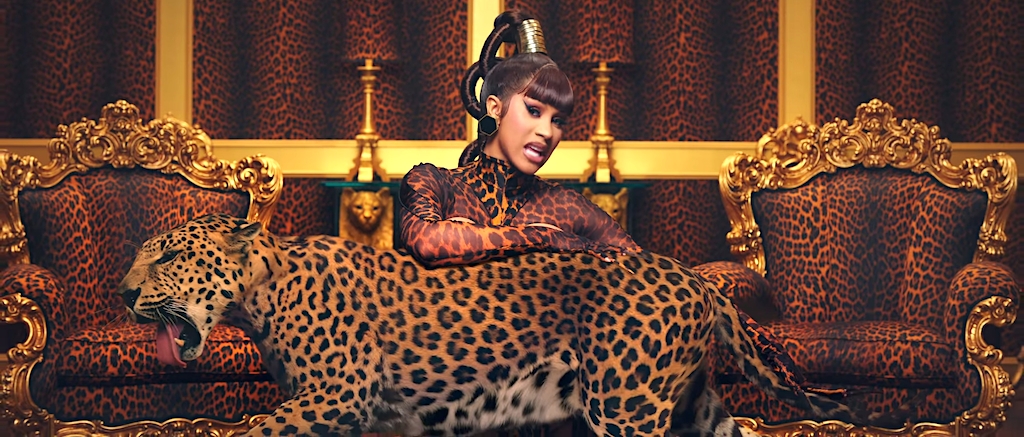

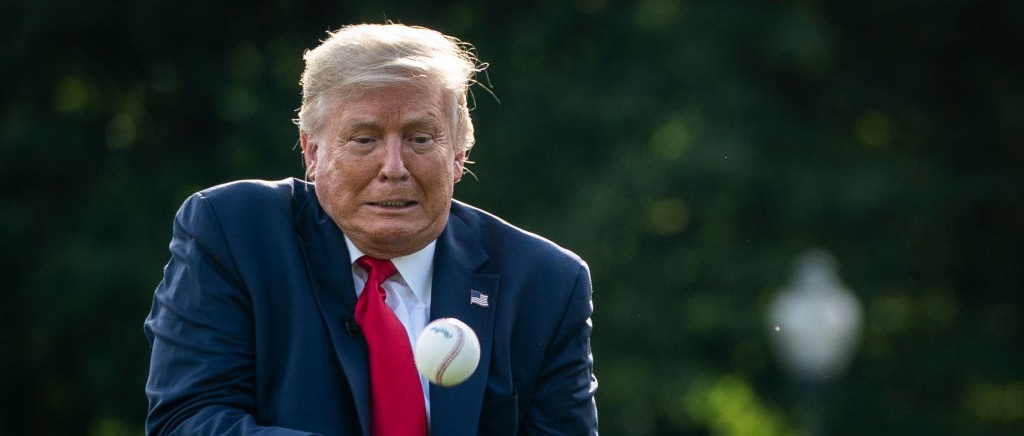

 (@MollyJongFast)
(@MollyJongFast)  ) (@JoyAnnReid)
) (@JoyAnnReid) 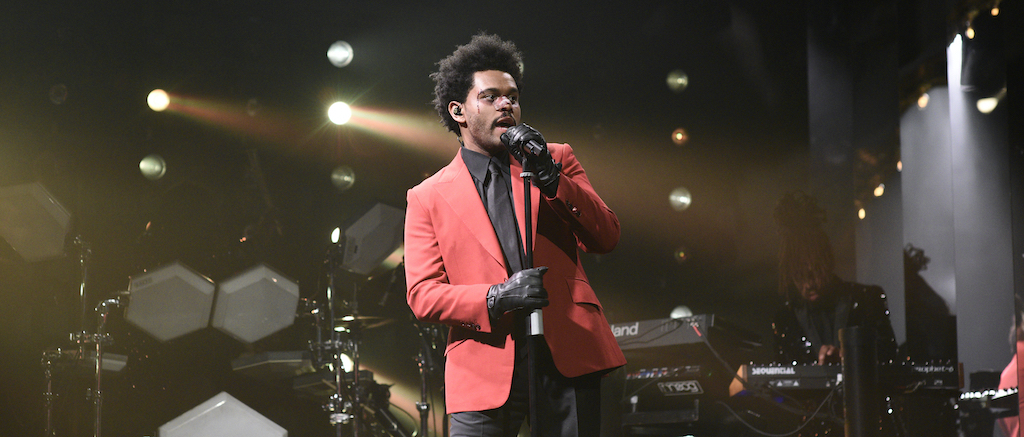
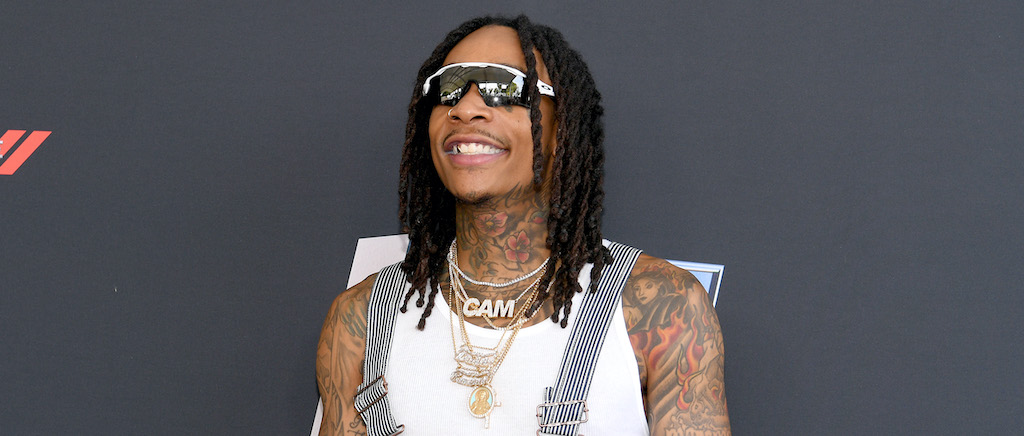
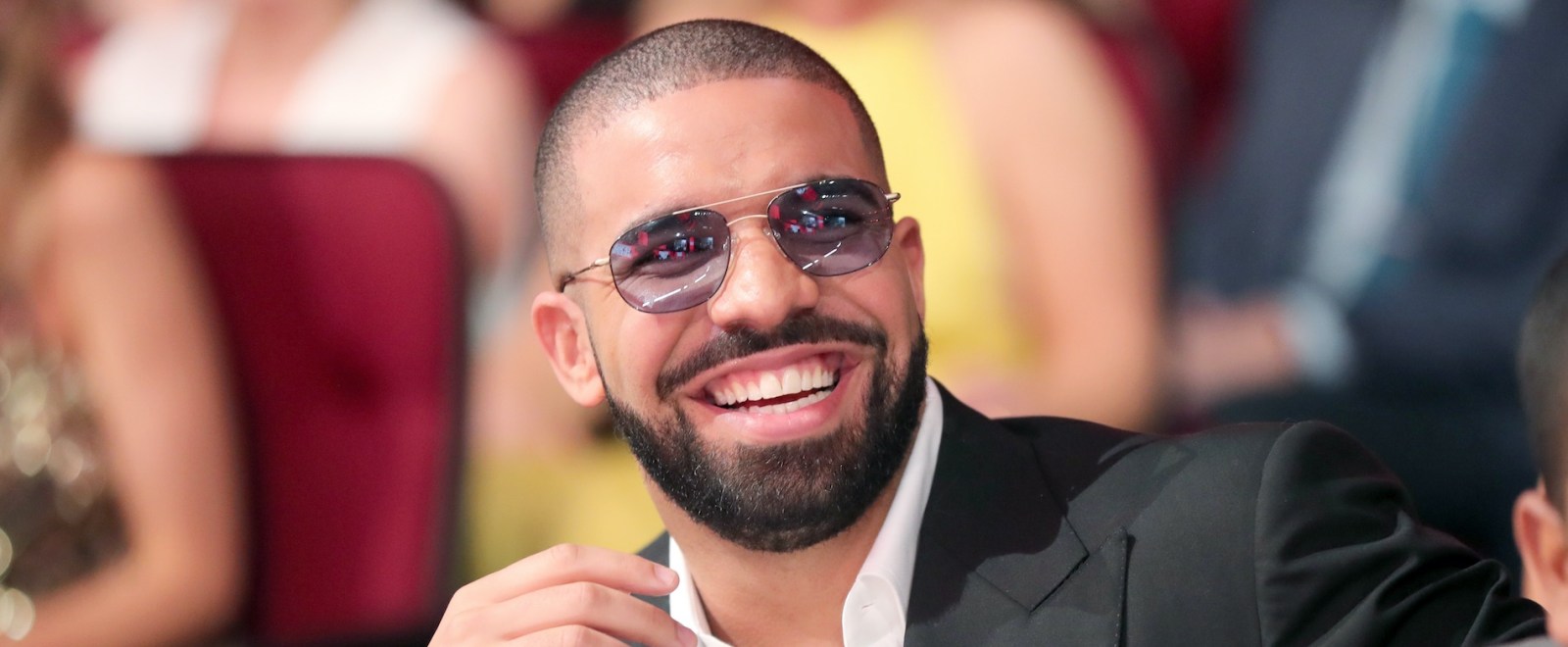
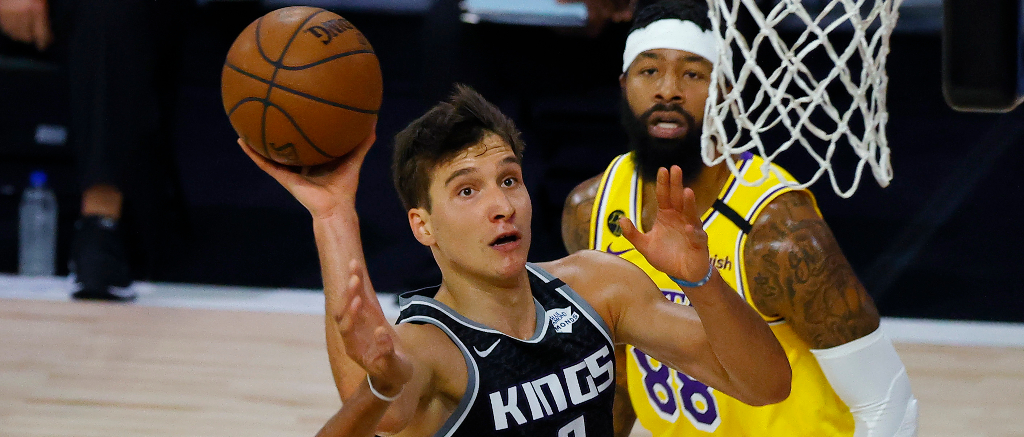
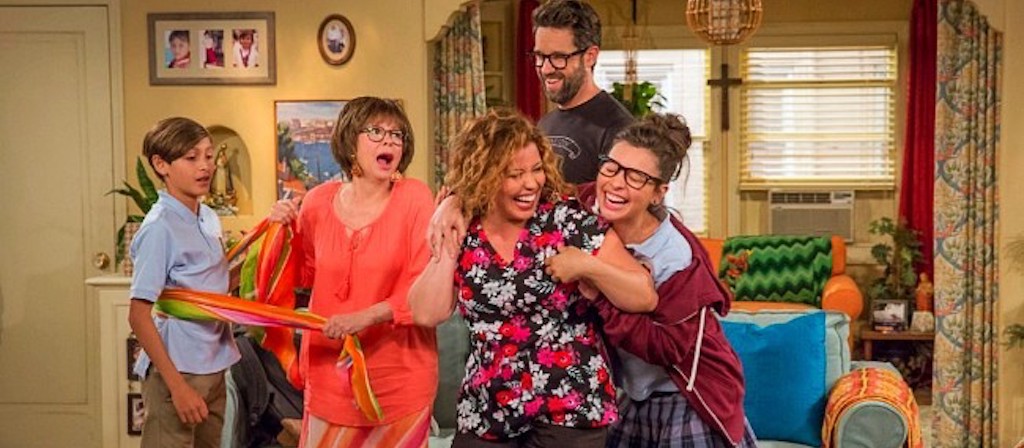

 Seriously, regardless of what happens, familia para siempre. And I’ll have a sappy post coming when we find out which way this goes. I love you guys.
Seriously, regardless of what happens, familia para siempre. And I’ll have a sappy post coming when we find out which way this goes. I love you guys.